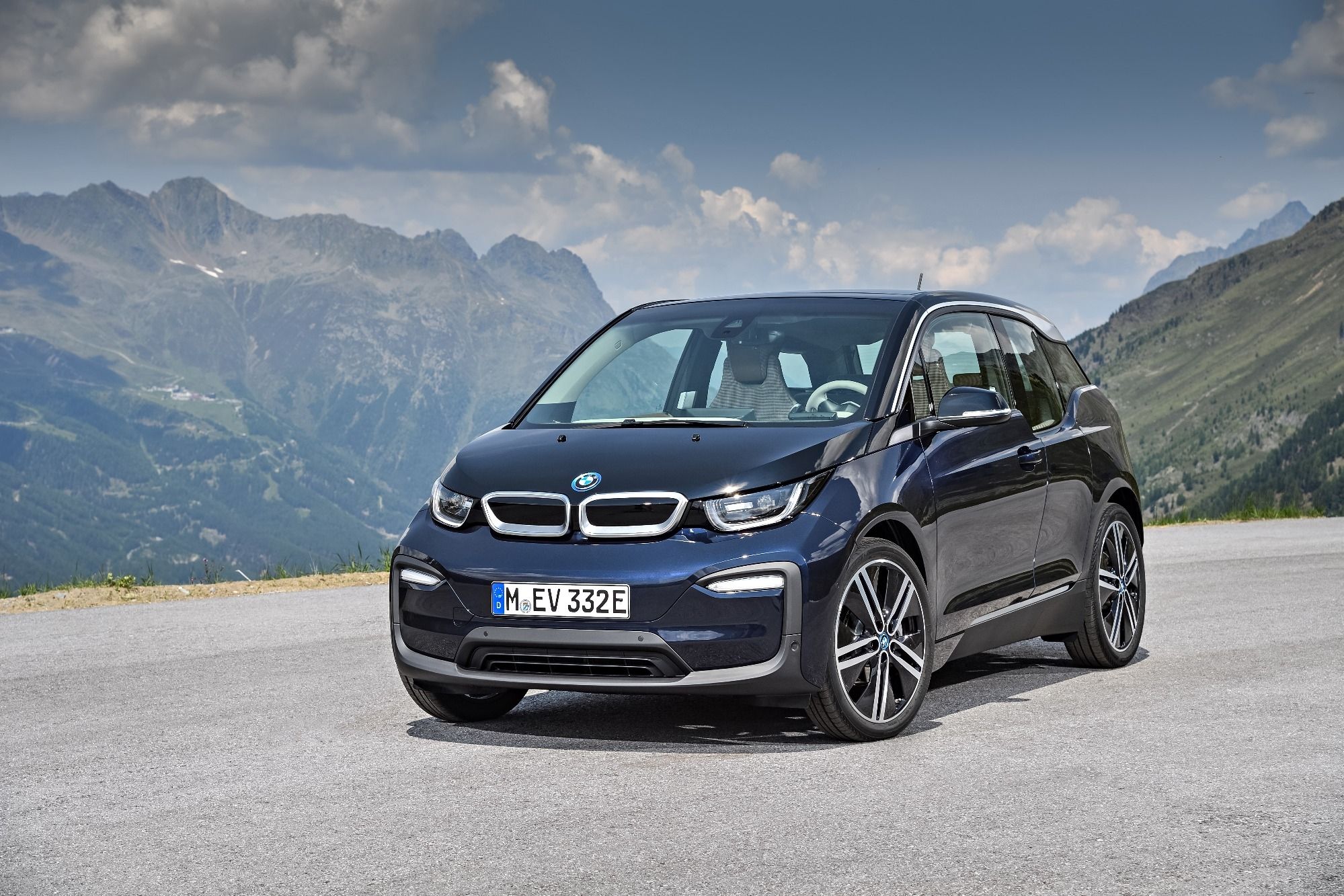
Pure electric vehicles have not been on the market for a terribly long time. Think about it. The original Nissan Leaf only arrived about a decade ago and the Tesla Model S first went on sale for 2012. Only now can a long-term durability study be made. Aside from measuring how batteries and electric motors hold up, there are many other vehicle components that must be studied, among them the brakes. But how often do an EV's brakes need to be changed? Do they experience the same levels of wear and tear as ICE cars?
BMW Blog has learned of one BMW i3 owner who has driven over 172,000 miles with the car's original brakes.
He has also never changed his brake pads or rotors since purchasing the car in 2014. Generally, brake pads need to be replaced about every 50,000 miles. The owner is from Germany and the i3 serves as his daily driver. But there's one specific feature that helped with brake retention and continues to do so, the regenerative braking system. Apparently, the regenerative brakes are so strong that the car can be regularly driven using only one pedal. "Apart from the immense driving pleasure, the BMW i3 is simply an extremely economical car," the owner said. "This applies both to power consumption and maintenance costs alike."
There was, however, one thing the owner did replace: the batteries. Thanks to BMW's retrofit program, it was possible to swap out the i3's original but aging 60Ah battery with the newer and more powerful 94Ah version.
Not only do the new batteries provide improved range but also makes long road trips more comfortable and enjoyable. Automakers are still working out the kinks in EVs, which are getting better by the year, while pure battery-powered vehicles have lower energy costs and, typically, high-value retention rates.
Not having to pay for new brakes and related components every few years or so, along with not requiring oil changes and anything ICE related, can help save owners thousands of dollars.
